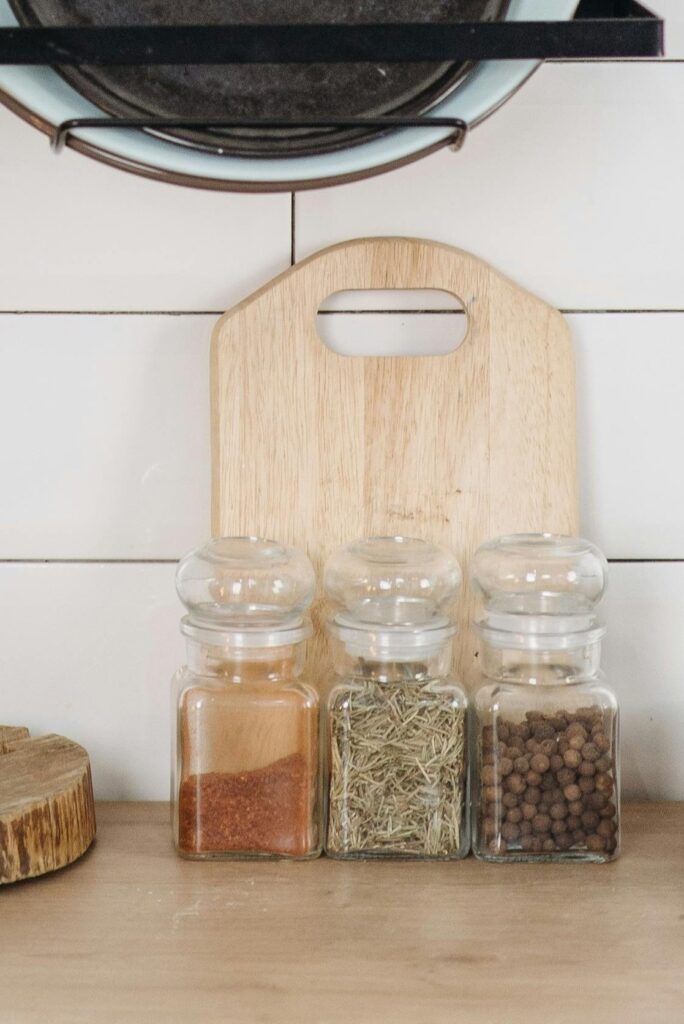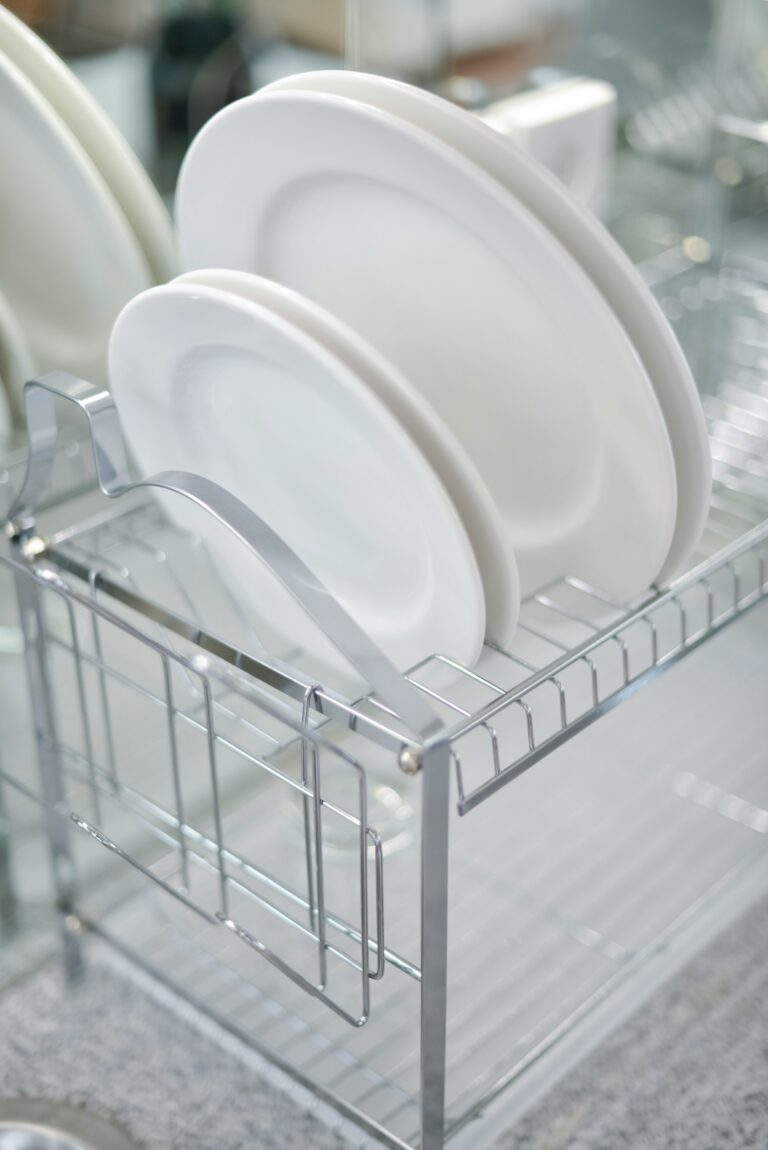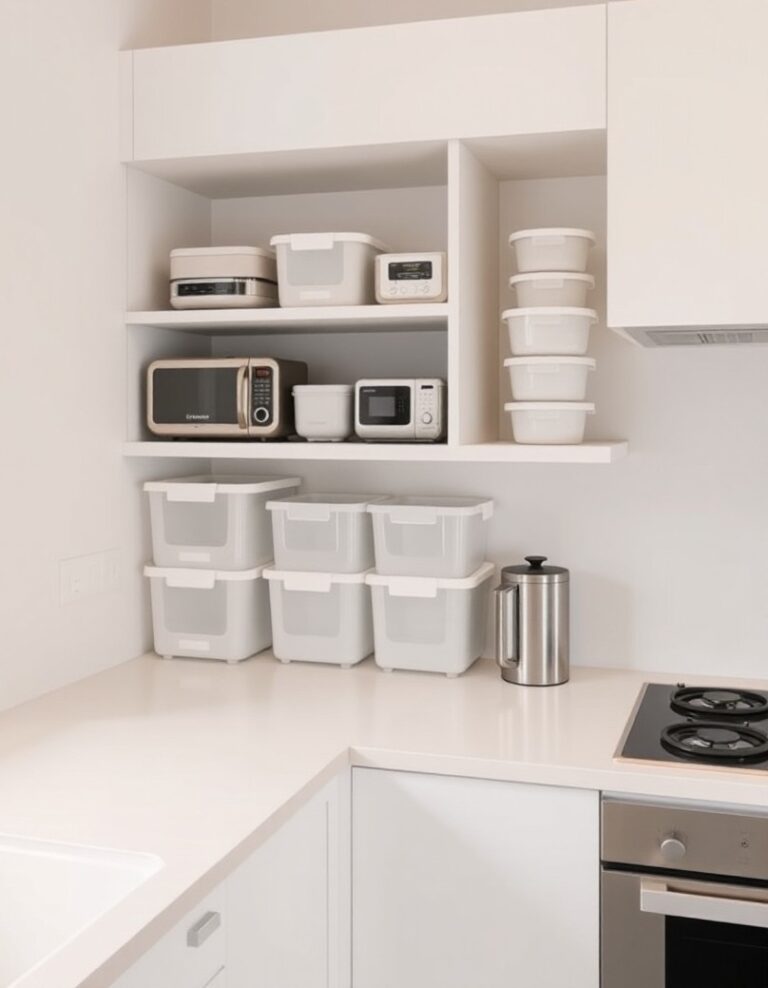Finding the right spice mid-recipe can slow down your cooking flow. A clear spice organization system can help you locate what you need without digging through bottles.
These six arrangements work well for active kitchens where spices get used regularly.
Why Spice Organization Matters for Frequent Cooks

When you cook often, your spice collection tends to grow. Without a system, bottles can pile up randomly in cabinets or drawers.
An organized setup can make meal prep smoother. You’ll spend less time searching and more time actually cooking.
The right arrangement depends on your space, how many spices you use, and what feels easiest to maintain.
1. Alphabetical Arrangement for Quick Spice Location
Alphabetical organization works well if you know what you’re looking for by name. Line up your spice jars from A to Z in a drawer or on a shelf.
This method can help you spot gaps in your collection quickly. You’ll notice when you’re running low on commonly used spices.
Label the front or top of each jar clearly. Turn all labels facing forward so you can scan the names at a glance.
2. Organize Spices by Cuisine Type for Theme Cooking
Group spices according to the type of cooking you do most. Keep Italian seasonings together, Mexican spices in another section, and Asian spices separate.
This arrangement can speed up meal prep when you’re cooking specific dishes. You’ll grab the whole section instead of hunting individual bottles.
Consider small bins or designated shelf areas for each cuisine group. This approach works especially well if you rotate between different cooking styles regularly.
Also Read: 7 Simple Kitchen Habits to Stop Daily Clutter Buildup
3. Frequency-Based Spice Storage for Daily Cooking
Place your most-used spices at eye level or in the most accessible spot. Salt, pepper, garlic powder, and paprika might live in front while specialty spices sit in back.
This spice organization system adapts to your actual cooking habits. The bottles you reach for daily should be easiest to access.
Move spices forward or backward as your cooking patterns change. Seasonal ingredients might shift positions throughout the year.
4. Tiered Shelf Arrangement to See Every Spice Jar
Tiered organizers or shelf risers can help you see multiple rows of spices at once. Each jar sits slightly higher than the one in front of it.
This setup works well in cabinets where depth is greater than height. You won’t lose small bottles in the back of deep shelves.
Install risers in your spice cabinet or use a tiered lazy Susan for corner spaces. The visual access can make selection faster during cooking.
5. Drawer Organization with Spices Laying Flat
Storing spice jars flat in a drawer lets you see all the labels from above. This method works particularly well for uniform jar sizes.
Use drawer dividers to keep bottles from rolling around. You can arrange them alphabetically, by frequency, or by cuisine type within the drawer.
Make sure jar lids are tight before using this method. A quick label check from above can help you grab the right spice without opening anything.
Read More: 7 Simple Kitchen Habits to Stop Daily Clutter Buildup
6. Magnetic Spice Storage for Wall or Fridge Space
Magnetic spice jars can attach to metal surfaces like refrigerator sides or mounted metal boards. This approach frees up cabinet and counter space.
The arrangement keeps spices visible and within arm’s reach of your cooking area. You can organize them any way that makes sense for your workflow.
Transfer spices to uniform magnetic containers for a cohesive look. Label the tops clearly since you’ll be viewing them from the front at an angle.
Common Spice Storage Mistakes to Avoid
Heat and light can degrade spice quality over time. Avoid storing your spice collection directly above the stove or in sunny windowsills.
Moisture is another factor that can affect spices. Don’t keep them too close to the sink or in very humid areas.
Check expiration dates periodically and replace spices that have lost their aroma. Even well-organized spices won’t add much flavor if they’re too old.
Frequently Asked Questions
How should spices be stored in the kitchen?
Spices tend to last longer in cool, dry, dark spaces away from heat sources. Cabinet storage away from the stove often works well.
Keep jars tightly sealed to help preserve freshness. Avoid areas with high humidity or direct sunlight exposure.
What is the best way to organize a spice cabinet?
The most effective spice cabinet organization depends on your cooking style and space. Alphabetical arrangements work for some, while frequency-based systems suit others.
Use shelf risers or tiered organizers to maximize vertical space. Clear labels and uniform containers can make scanning easier.
How do you arrange spices alphabetically?
Start by gathering all your spice jars in one place. Sort them by the first letter of each spice name, then line them up in order from A to Z.
Label each jar clearly on the front or top. Maintain the system by returning each spice to its alphabetical position after use.
Should spices be stored in the pantry or cabinet?
Both options can work if the location is cool, dry, and dark. Cabinets near your cooking area might offer more convenience for frequent use.
Pantries work well if you have dedicated shelf space away from heat sources. Choose the spot that keeps spices accessible and properly stored.
Can you store spices in clear containers?
Clear containers let you see spice levels at a glance, but they should be kept in dark spaces. Light exposure can fade color and reduce potency over time.
If using clear jars, store them in a closed cabinet or drawer. Opaque containers offer better protection if your storage area gets light exposure.
Get Your Spice Collection Working for You
Organizing spices doesn’t need to be complicated. Pick an arrangement method that matches how you actually cook and the space you have available.
Start with one approach and adjust as needed. Your system might evolve as your cooking habits change or your collection grows.
The goal is finding what you need quickly so you can focus on making good food.



